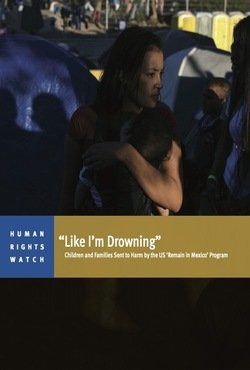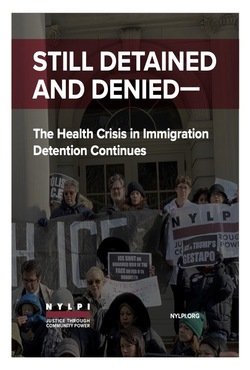By Alexis A. Aronowitz
From the cover: Virtually every country' in the world is affected by the scourge of human trafficking, either as a source, transit, or destination country, or a combination thereof. While countries have long focused on international trafficking, internal movement and exploitation within countries may be even more prevalent than trans- border trafficking. Patterns of trafficking vary across countries and regions and are in a constant state of flux. Countries have long focused on trafficking solely for the purpose of sexual exploitation, yet exploitation in agriculture, construction, fishing, manufacturing, and the domestic and food service industries is prevalent in many countries. Here, Aronowitz takes a global perspective in examining the nefarious underworld of human trafficking, revealing the nature and extent of the harm caused by this hideous criminal practice. Taking a victims-oriented approach, this book focuses on the different groups of victims, as well as the various forms of and markets for trafficking, many of which have been overlooked due to an emphasis on sex trafficking. The author also examines the criminals and criminal organizations that traffic and exploit their victims and explores less-ffequendy-discussed forms of trafficking— in organs, child soldiers, mail-order brides, and adoption, as well as the use of the Internet in trafficking. Drawing on her own field and research experiences in various parts of the world, the author offers real-life context throughout the book through descriptions of a number of cases with which she was involved or learned about in her travels.
Santa Barbara. PRAEGER. An Imprint of ABC-CLIO. 2009. 290p.





















